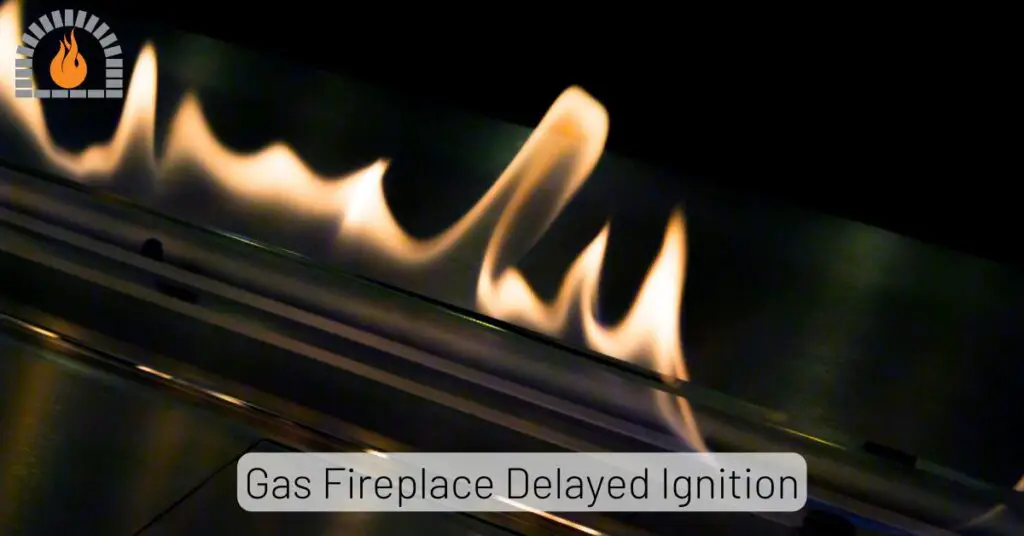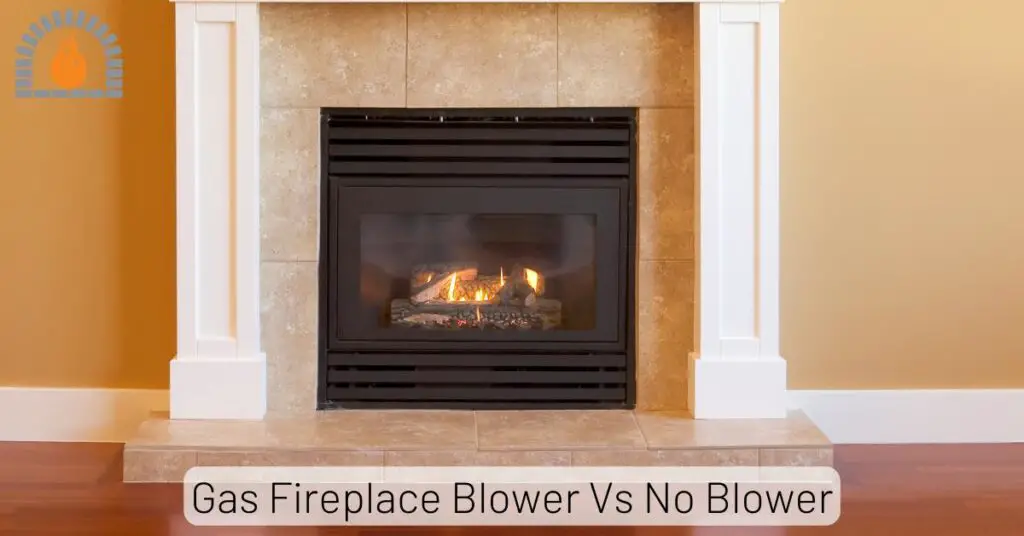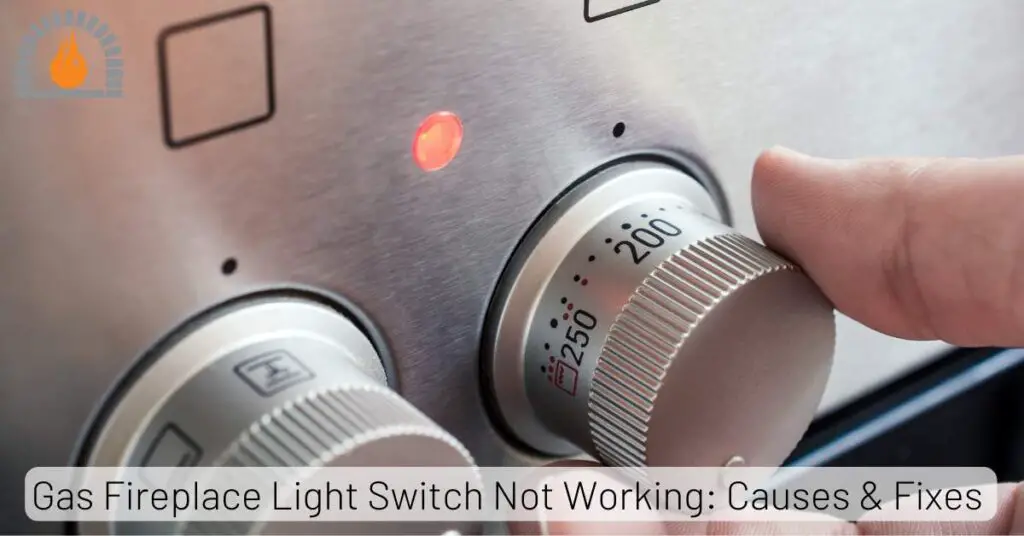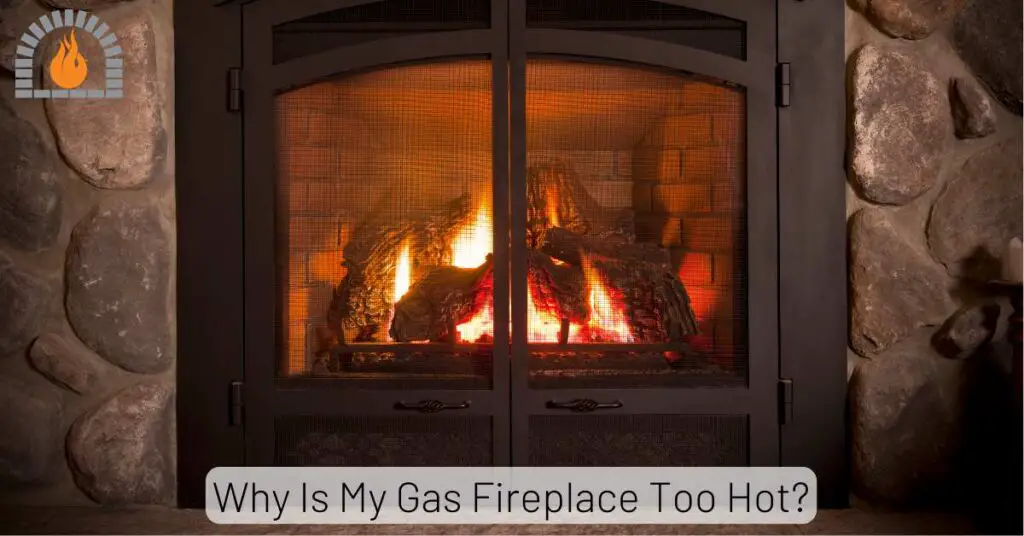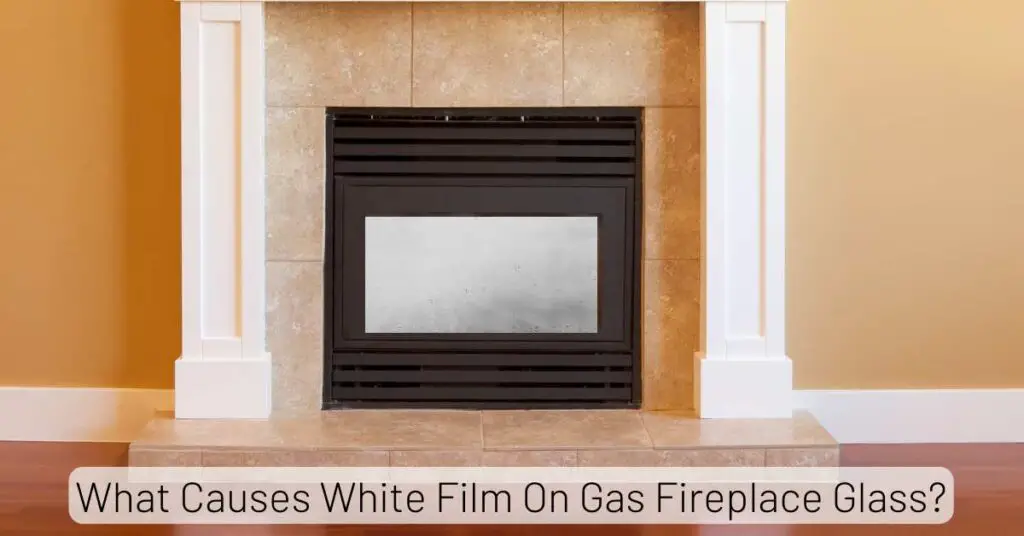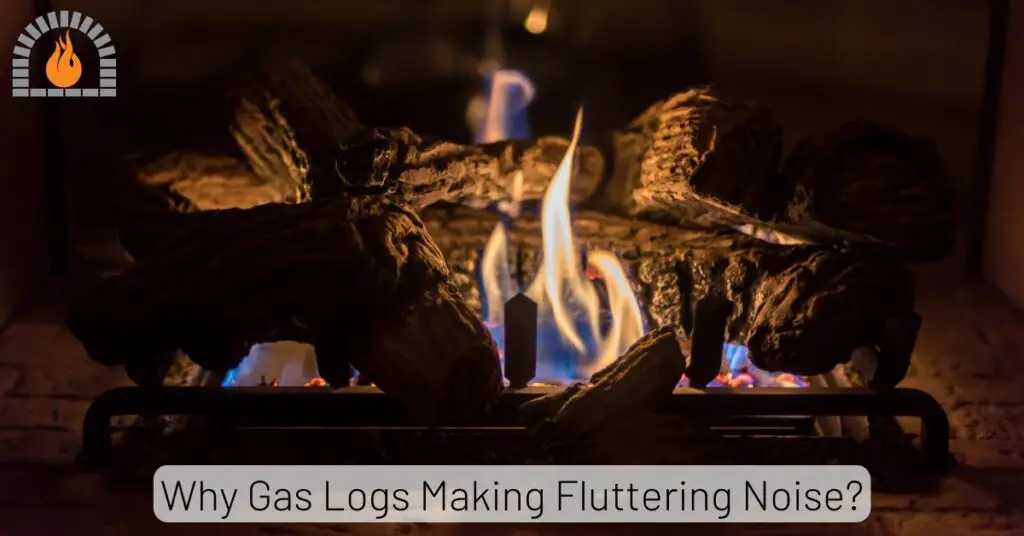Ventless gas fireplaces may seem like an attractive heating option with their easy installation and high efficiency ratings, but they come with significant disadvantages that homeowners should carefully consider. Unlike vented models that expel combustion byproducts outside, ventless gas fireplaces release all emissions directly into your living space, potentially compromising indoor air quality and creating safety hazards.
From oxygen depletion and moisture buildup to soot accumulation and regulatory restrictions, these units present numerous challenges that can impact your health, home comfort, and even property value.
Before investing in a ventless gas fireplace, it’s crucial to understand these drawbacks and weigh them against the benefits to make an informed decision for your home.
Key Takeaways
- Ventless gas fireplaces release all combustion byproducts directly into your living space, including water vapor, carbon dioxide, and potentially carbon monoxide.
- These units significantly increase indoor humidity levels, which can lead to moisture problems, mold growth, and structural damage over time.
- Oxygen depletion sensors (ODS) are required safety features, but they don’t eliminate all risks associated with indoor combustion.
- Many local building codes restrict or prohibit the installation of ventless gas fireplaces due to safety concerns.
- Soot, residue, and odor complaints are common with ventless models, requiring more frequent cleaning and maintenance.
- People with respiratory conditions, allergies, or chemical sensitivities may experience worsened symptoms in homes with ventless gas fireplaces.
What Are Ventless Gas Fireplaces?
Ventless gas fireplaces, also known as unvented or vent-free fireplaces, are heating appliances that burn natural gas or propane without a chimney or flue to expel combustion byproducts outside. Instead, they release all exhaust—including water vapor, carbon dioxide, nitrogen dioxide, and other gases—directly into your living space. These units have gained popularity due to their easy installation (no need for a chimney or venting system), high efficiency ratings (up to 99.9% heat efficiency), and lower upfront costs compared to vented alternatives.
Manufacturers of these appliances emphasize their convenience and cost-effectiveness, marketing them as ideal solutions for homeowners who want the ambiance of a fireplace without the expense of installing a traditional chimney. However, the very feature that makes them efficient—keeping all heat inside your home—is also what creates most of the problems associated with these appliances.
Major Health and Safety Concerns
Oxygen Depletion Risks
One of the most serious disadvantages of ventless gas fireplaces is their potential to deplete oxygen levels in your home. As these appliances burn fuel, they consume oxygen from the surrounding air. While modern ventless fireplaces are equipped with Oxygen Depletion Sensors (ODS) designed to automatically shut off the unit if oxygen levels drop too low, these safety mechanisms aren’t foolproof.
According to the Chimney Safety Institute of America, even properly functioning ODS systems may not provide adequate protection in all situations. In smaller rooms or homes with particularly tight construction, oxygen levels can drop more quickly, potentially causing symptoms like headaches, dizziness, nausea, and fatigue before the ODS triggers a shutdown.
Carbon Monoxide: The Silent Threat
Perhaps the most alarming safety concern with ventless gas fireplaces is the risk of carbon monoxide (CO) poisoning. Carbon monoxide is a colorless, odorless, and potentially lethal gas produced during the combustion process. While vented fireplaces expel this gas outside, ventless models release it directly into your living space.
The Centers for Disease Control and Prevention reports that carbon monoxide poisoning sends approximately 50,000 people to emergency rooms in the United States each year. Although ventless fireplaces are designed to burn cleanly and produce minimal CO, any malfunction, improper installation, or even unusual airflow patterns in your home can lead to dangerous CO accumulation.
Unlike natural gas, which has an added odorant to help detect leaks, carbon monoxide is completely undetectable without specialized equipment. This is why the National Fire Protection Association strongly recommends installing CO detectors on every level of your home if you have any fuel-burning appliances, including ventless gas fireplaces.
Indoor Air Quality Implications
Beyond the immediate safety risks, ventless gas fireplaces can significantly impact your home’s overall indoor air quality. These appliances release various combustion byproducts into your living space, including:
- Nitrogen dioxide, which can irritate respiratory systems
- Sulfur dioxide, particularly problematic for those with asthma
- Particulate matter that can aggravate allergies and respiratory conditions
- Water vapor, leading to increased humidity
The Environmental Protection Agency has identified poor indoor air quality as a major health concern, linking it to headaches, fatigue, respiratory problems, and even heart disease. For individuals with pre-existing conditions like asthma, allergies, or chemical sensitivities, these effects can be particularly pronounced.
Performance and Operational Issues
Moisture and Humidity Problems
One of the most common complaints about ventless gas fireplaces is the excessive moisture they introduce into homes. For every hour of operation, a typical ventless gas fireplace releases approximately 1.5 gallons of water vapor into your living space. This significant increase in humidity can lead to numerous problems:
| Problem | Short-term Effects | Long-term Consequences |
|---|---|---|
| High Humidity | Discomfort, stuffy feeling | Mold and mildew growth |
| Condensation | Foggy windows, damp surfaces | Wood rot, structural damage |
| Poor Air Quality | Musty odors, respiratory irritation | Decreased property value |
| Paint/Wallpaper Issues | Bubbling, peeling | Costly repairs and redecorating |
Over time, this excess moisture can damage walls, ceilings, and flooring, promote the growth of mold and mildew, and even compromise your home’s structural integrity. In regions with already high humidity, these problems can be particularly severe.
Soot and Residue Buildup
Another operational disadvantage of ventless gas fireplaces is the tendency to produce soot and residue. While manufacturers claim these units burn cleanly, many homeowners report black or gray deposits accumulating on walls, ceilings, and nearby objects. This soot can:
- Stain and damage walls, requiring frequent repainting
- Settle on furniture and personal belongings
- Enter your HVAC system, reducing efficiency and air quality
- Create additional cleaning and maintenance burdens
This residue is particularly problematic for homes with light-colored walls, ceilings, or decor, as the dark deposits become highly visible and difficult to remove completely.
Odor Complaints
Many ventless gas fireplace owners report unpleasant odors during operation. These smells can range from a faint “gas odor” to more pronounced chemical or burning smells. Several factors contribute to these odor issues:
- Incomplete combustion: When the gas doesn’t burn completely, it can produce unpleasant-smelling byproducts.
- Dust and debris burning: Dust particles accumulating on the fireplace’s burner or logs can burn when the unit is turned on, creating temporary odors.
- Chemical off-gassing: New fireplaces may release chemical smells as paints, finishes, and components cure during initial uses.
- Household chemicals: Cleaning products, air fresheners, or other chemicals in the air can react with the combustion process, creating unusual odors.
While some odors may diminish over time, persistent smells can significantly impact your enjoyment of the fireplace and your overall home comfort.
Installation and Regulatory Challenges
Building Code Restrictions
One significant disadvantage of ventless gas fireplaces is the regulatory landscape surrounding their installation. Many local and state building codes restrict or completely prohibit these appliances due to safety concerns. For example:
- California, Massachusetts, and several other states have banned ventless gas fireplaces entirely
- Many municipalities require specific permits and inspections
- Some codes limit the BTU output based on room size
- Condos, apartments, and rental properties often prohibit these units
The U.S. Consumer Product Safety Commission maintains guidelines for these appliances, but local regulations can be significantly more restrictive. Before purchasing a ventless gas fireplace, it’s essential to check with your local building department to understand the specific requirements and restrictions in your area.
Room Size Requirements
Ventless gas fireplaces have specific room size requirements to ensure adequate oxygen supply and proper dissipation of combustion byproducts. These requirements are typically calculated based on the fireplace’s BTU output:
| Fireplace BTU Output | Minimum Room Size (sq. ft.) | Required Ventilation |
|---|---|---|
| Up to 6,000 BTU | At least 200 sq. ft. | Some ventilation required |
| 6,000-10,000 BTU | At least 400 sq. ft. | Window or door to adjacent room |
| 10,000+ BTU | At least 600 sq. ft. | Direct outdoor ventilation recommended |
These requirements can limit where you can install a ventless gas fireplace in your home, potentially eliminating smaller rooms, bedrooms, or bathrooms as options regardless of how appealing the location might be.
Installation Limitations
Even when permitted by local codes, ventless gas fireplaces come with specific installation requirements that can limit their placement and use:
- Proximity to combustibles: These units require specific clearances from walls, furniture, and other combustible materials.
- Gas line requirements: Proper gas line sizing and installation are critical for safe operation.
- Electrical considerations: Many models require electrical connections for fans, ignition systems, or safety features.
- Air supply considerations: The fireplace must have access to adequate air for combustion, which may limit placement options.
These limitations can make installation more complex than many homeowners initially expect, potentially requiring professional installation and additional modifications to your home.
Comparing Ventless vs. Vented Gas Fireplaces
When evaluating heating options, it’s important to understand how ventless gas fireplaces compare to their vented counterparts. The following table highlights key differences:
| Feature | Ventless Gas Fireplace | Vented Gas Fireplace |
|---|---|---|
| Efficiency | 95-99.9% | 70-85% |
| Installation | Simple, no chimney required | Complex, requires chimney or venting system |
| Heat Output | High, but limited by room size | More flexible, can accommodate larger spaces |
| Indoor Air Quality | Releases all combustion byproducts indoors | Expels combustion byproducts outside |
| Moisture Issues | Significant (1.5+ gallons per hour) | Minimal |
| Safety Concerns | Oxygen depletion, CO exposure | Primarily related to improper installation |
| Regulatory Status | Restricted/banned in many areas | Generally permitted with proper installation |
| Maintenance | Frequent cleaning required | Standard maintenance, chimney inspection recommended |
| Cost | Lower initial cost, potentially higher long-term costs | Higher initial cost, generally lower long-term costs |
As this comparison shows, while ventless gas fireplaces offer advantages in efficiency and installation simplicity, these benefits come at the cost of safety, air quality, and long-term maintenance considerations.
Maintenance Requirements and Longevity Concerns
Maintaining a ventless gas fireplace requires more attention and care than many homeowners anticipate. Regular maintenance is essential not only for performance but also for safety:
Daily/Weekly Maintenance:
- Wiping down the glass front (if applicable)
- Checking for unusual odors or soot accumulation
- Ensuring the area around the fireplace remains clear of combustibles
Monthly Maintenance:
- Inspecting and cleaning the burner and control compartment
- Checking the log positioning (if applicable)
- Testing the Oxygen Depletion Sensor (ODS)
Annual Professional Maintenance:
- Complete inspection of all components
- Gas pressure testing
- Cleaning of internal components
- Verification of safety systems
Failure to perform this maintenance can lead to decreased efficiency, increased safety risks, and potentially void the manufacturer’s warranty. Additionally, the long-term durability of ventless gas fireplaces is often a concern, with many units requiring more frequent repairs or replacement than vented alternatives due to exposure to indoor air contaminants and moisture.
Materials and Finishing Considerations
The unique challenges posed by ventless gas fireplaces extend to the materials and finishes used in and around them. The excess moisture and potential byproducts can affect various materials differently:
Wall and Ceiling Finishes:
- Paint: Standard latex paints may discolor or bubble due to moisture. Semi-gloss or gloss finishes are more resistant but may still show soot deposits more readily.
- Wallpaper: Most wallpapers are not recommended near ventless fireplaces as moisture can cause peeling and bubbling.
- Specialty Finishes: Moisture-resistant paints and wallpapers are available but come at a premium cost.
Mantel and Surround Materials:
- Wood: Solid wood mantels require significant clearance from the fireplace opening and may warp or discolor over time.
- Manufactured Stone: Generally performs well but may require special sealants to prevent moisture absorption.
- Tile and Stone: Excellent choices that resist moisture and heat, but grout lines may discolor without proper sealing.
Flooring Considerations:
- Hardwood: Can be affected by moisture, potentially causing cupping or warping.
- Laminate: Generally not recommended due to moisture sensitivity.
- Tile or Stone: Ideal options that resist moisture and heat effectively.
When planning the installation of a ventless gas fireplace, it’s essential to consider these material limitations and potentially budget for more moisture-resistant options, which can increase the overall project cost.
Are Ventless Gas Fireplaces Ever a Good Choice?
Given the numerous disadvantages outlined above, you might wonder if ventless gas fireplaces are ever a good choice. While the safety and air quality concerns are significant, there are some situations where these appliances might be appropriate:
- Supplemental Heat in Large, Well-Ventilated Areas: In spacious rooms with excellent air circulation and ventilation, a properly sized ventless fireplace can provide supplemental heat without significantly impacting air quality.
- Emergency Heating: In areas prone to power outages, a ventless gas fireplace (with proper safety features and CO detectors) can provide emergency heat when other systems fail.
- Short-Term, Occasional Use: For homeowners who only plan to use their fireplace occasionally for short periods, many of the cumulative effects (like moisture damage) may be less concerning.
- Areas with Strict Regulations on Wood Burning: In regions where wood-burning fireplaces are restricted due to air quality concerns, ventless gas options may provide an alternative with fewer particulate emissions.
However, even in these situations, it’s crucial to install proper safety equipment (including carbon monoxide detectors), follow all manufacturer guidelines, and adhere strictly to local building codes. For most homeowners, especially those with respiratory concerns, children, or elderly residents, the disadvantages of ventless gas fireplaces often outweigh the benefits.
FAQs
Are ventless gas fireplaces safe?
While ventless gas fireplaces are legal in many areas and include safety features like Oxygen Depletion Sensors (ODS), they do pose inherent risks. These units release combustion byproducts—including carbon monoxide, nitrogen dioxide, and water vapor—directly into your living space.
According to the American Gas Association, proper installation, regular maintenance, and working carbon monoxide detectors are essential for safety. However, many safety organizations, including the Chimney Safety Institute of America, express concerns about the fundamental safety of these appliances, particularly in smaller or less ventilated spaces.
Do ventless gas fireplaces cause mold?
Yes, the excess moisture produced by ventless gas fireplaces can create conditions conducive to mold growth. A typical ventless gas fireplace releases approximately 1.5 gallons of water vapor into your home for every hour of operation. This increased humidity can lead to condensation on walls, windows, and other surfaces, creating the damp environment where mold thrives. Over time, this can result in visible mold growth, musty odors, and potential health issues, particularly for those with mold allergies or respiratory conditions.
Can you leave a ventless gas fireplace on all night?
It is not recommended to leave any gas fireplace, including ventless models, operating unattended or while sleeping. While modern ventless gas fireplaces include safety features designed to prevent accidents, these systems can fail. Additionally, operating a ventless gas fireplace for extended periods significantly increases the accumulation of combustion byproducts and moisture in your home, exacerbating the disadvantages associated with these appliances. Most manufacturers and safety experts recommend limiting continuous operation and never leaving the fireplace unattended.
Final Thoughts
While ventless gas fireplaces offer undeniable appeal with their easy installation, high efficiency, and lower upfront costs, the disadvantages associated with these appliances are significant and multifaceted. From health and safety concerns related to indoor air quality and carbon monoxide exposure to practical issues like moisture damage, soot accumulation, and regulatory restrictions, these drawbacks present substantial considerations for any homeowner.
The decision to install a ventless gas fireplace should not be taken lightly. It requires careful evaluation of your home’s size, ventilation, and construction; your family’s health needs; and your willingness to commit to rigorous maintenance and safety protocols. For many homeowners, particularly those with respiratory concerns, children, or elderly residents, the risks associated with ventless gas fireplaces may outweigh the benefits.
If you’re considering a gas fireplace for your home, it’s worth exploring vented alternatives that provide similar ambiance and heat without compromising indoor air quality. While these options may require more extensive installation and higher initial costs, they offer greater peace of mind and fewer long-term complications.
Ultimately, when it comes to home heating, safety should always be the priority. By thoroughly understanding the disadvantages of ventless gas fireplaces, you can make an informed decision that ensures both comfort and safety for your household.
Affiliate Disclosure: Fireplaceadviser.com is a participant in the Amazon Services LLC Associates Program. We may earn a commission when you click on certain links on this site and purchase.

Hello!! I am Jamal Khan. I often fix my home electric heaters and gas stove problems and research the common issues in the heating units to improve my knowledge and expertise. The aim of establishing fireplaceadviser.com is to share my expertise and knowledge with my audience.







